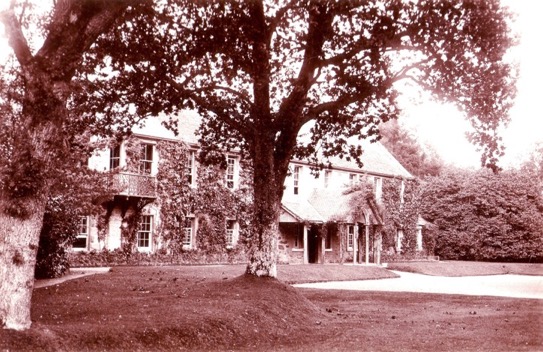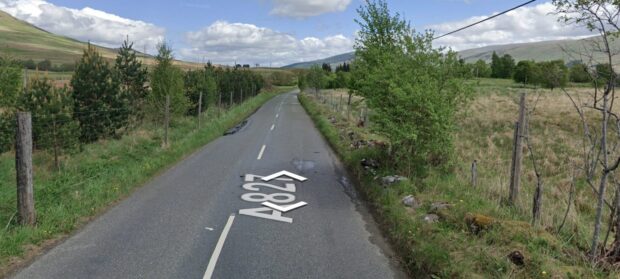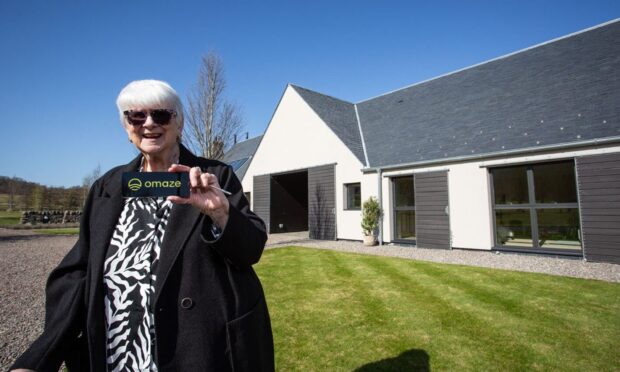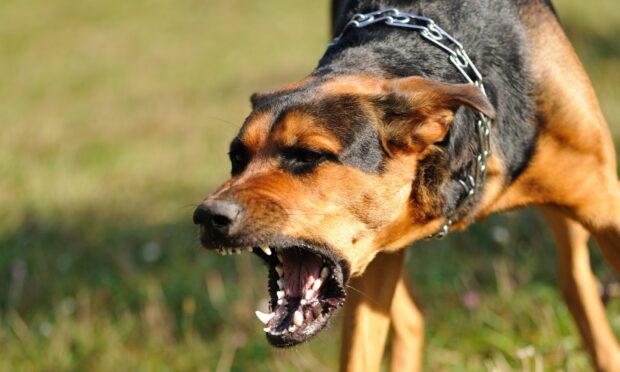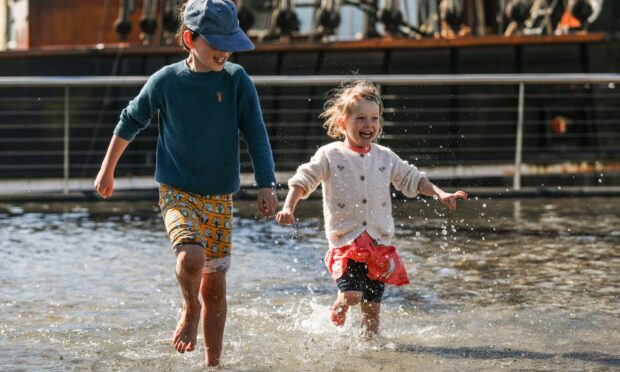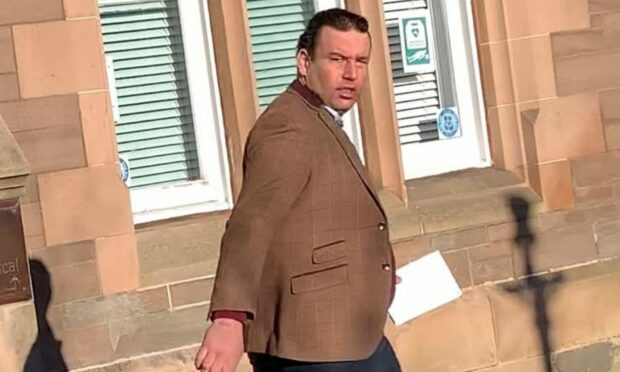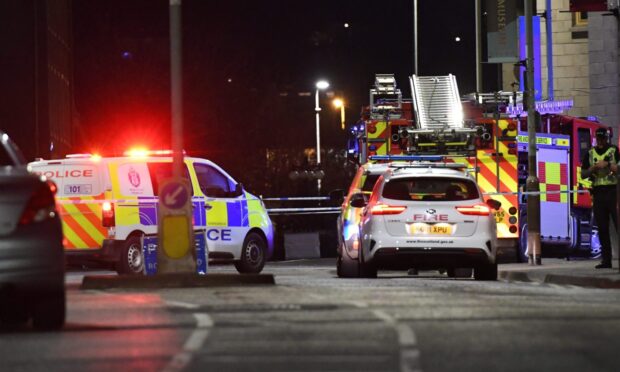In the west of Perthshire there was a country house that has boasted many names and uses but which now lingers on largely only in memory.
Dalpowie Lodge has been home to invalids, Scotland’s fighting men, landowners, American buffalo and one of the world’s finest painters.
Now demolished, it still offers an opportunity to delve into the past and its foundations will now be used to train a new generation of archaeologists.
Workshops for history buffs will take place on the Murthly estate on which its ruins sit on Saturday May 20 and Sunday May 21.
They are part of West Stormont Historical Society’s contribution to the Year of History, Heritage and Archaeology and will be conducted by Archaeology Scotland and Perth and Kinross Heritage Trust.
They aim to give participants training in surveying, measuring, photographing and recording foundational ruins and ancient buildings and take place from 10am to 4pm each day.
Participants will be encouraged to delve into the incredible history of Dalpowie Lodge, which began life in the 1730s as a hospice for the Grandtully Mortification Trust.
It was set up at the western end of Murthly estate in a bequest by John Stewart, who owned Grandtully, Murthly and Strathbraan, to provide for the poorest men on his estates.
Sir William Drummond Stewart bought the building and grounds in 1844 and renamed it Dalpowie Lodge, preferring to live there while he rented out Murthly Castle.
That also put him closer to the American buffalo (bison) that he had brought back from his adventures with the mountain men in the Rockies and kept in a park below Birnam Hill.
The lodge was renamed again in the 1880s and as Birnam Hall it was leased for a decade by the celebrated English painter Sir John Everett Millais, one of the founders of the Pre-Raphaelite movement.
He had some of the happiest days of his life there, alternating fishing for salmon with painting some of his most famous landscapes.
After reverting to Dalpowie Lodge it was turned into a convalescence hospital with 35 beds by Mrs Steuart Fotheringham during the First World War.
During the inter war years it was leased as a shooting lodge by a succession of sportsmen but was already in a ruinous state when taken over by the War Office in 1944.
The lodge was finally demolished in 1949.
Workshop places are free, but places should be booked by visiting the Perth and Kinross Heritage Trust website at www.pkht.org.uk.
